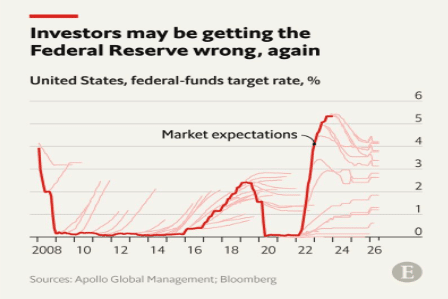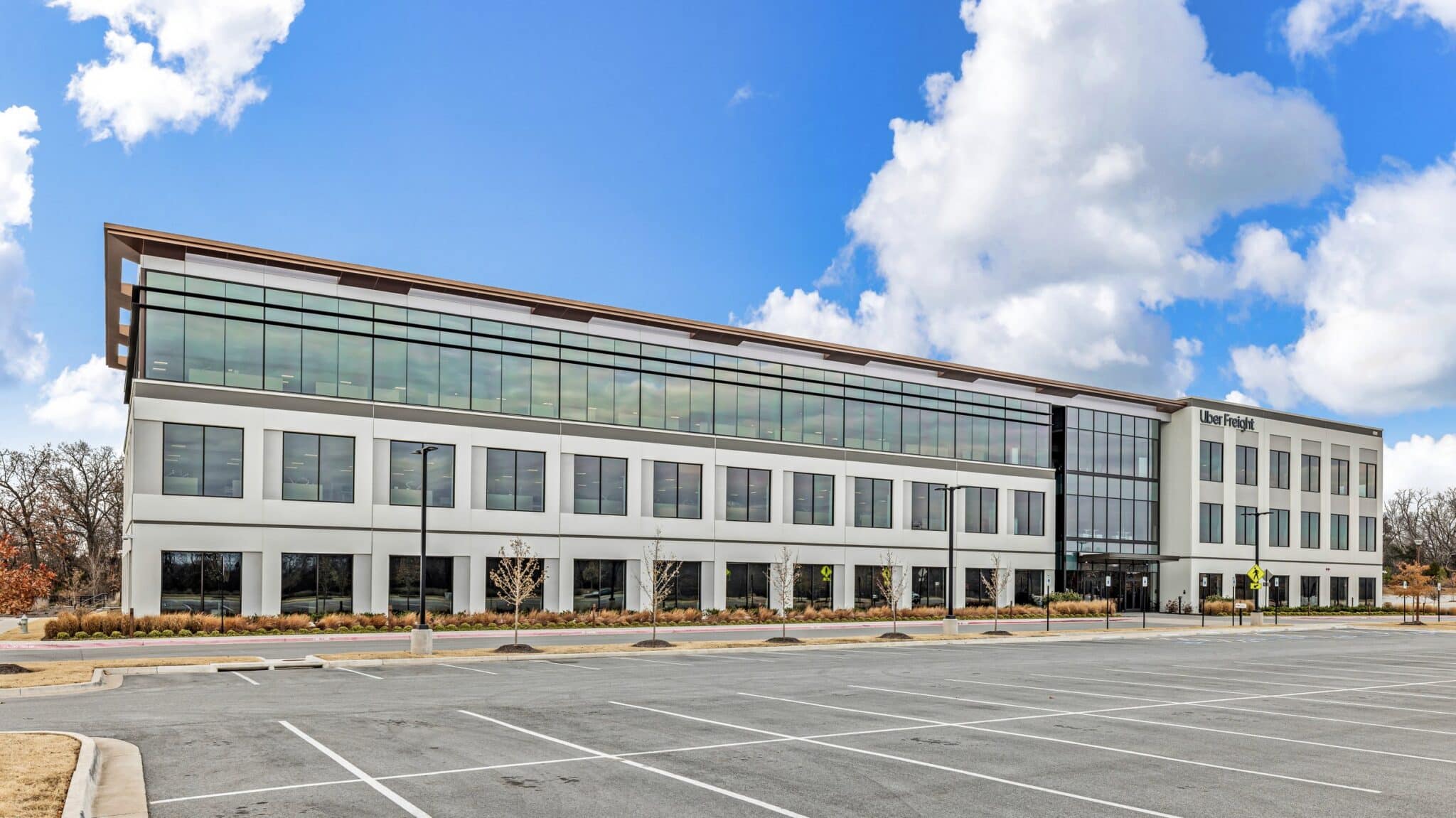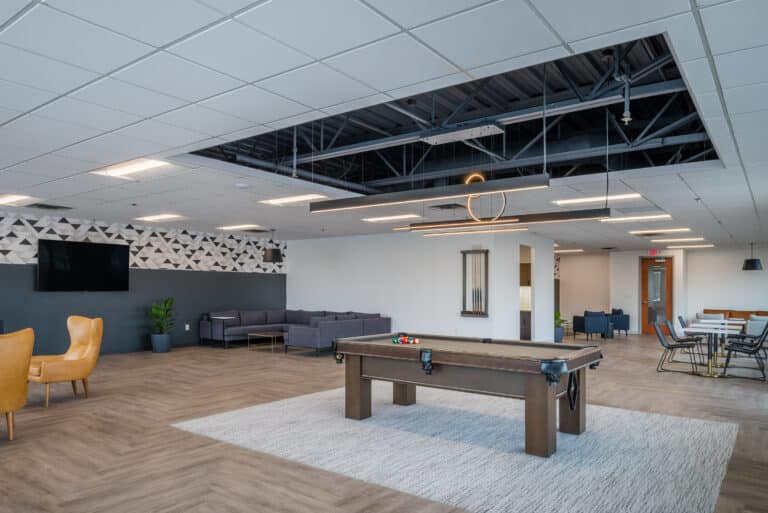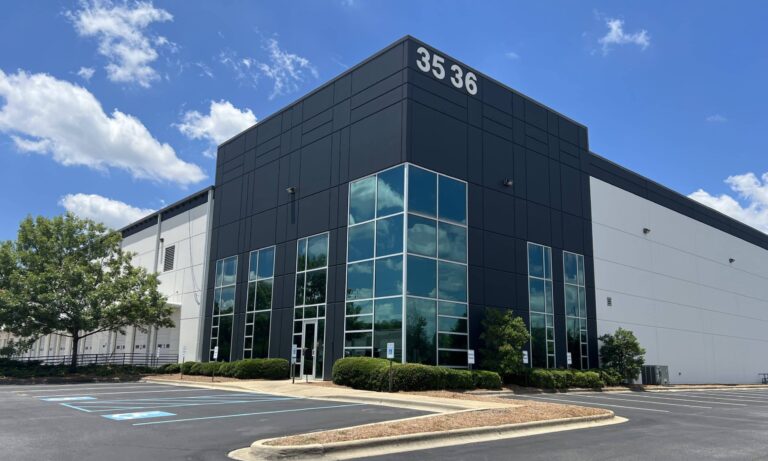Interest Rate Risk
Interest rate risk refers to the fluctuations in interest rates that can directly affect the performance and returns of our real estate investments. This risk can be divided into two categories: risks from changes in interest rates that are expected and risks from changes in rate expectations.
The interest rate market is not typically followed by the average investor with the same level of attention as the stock market; however, it functions in very much the same way. This means that every minute the market is open, there is an ever-changing price for exactly what interest rates are at that moment and a prediction for what rates will be at various points in the future. With this information, we can accurately model what the market expects interest rates will be across the expected lifespan of our investment.
While the risk from expected interest rates is predictable, it can still cause problems for unwary investors. The most common pitfall investors encounter from expected interest rate changes stems from a mismatch between the terms of the investor’s loan on a property and the terms of a lease from their tenant. Leases can often be two or more decades long, and sometimes payments are made in equal installments over the term of the lease. Typically, interest rates on 10-year or longer loans are higher than shorter-term loans, so borrowers often opt for shorter loan terms. Borrowers who don’t carefully consider predicted interest rate pricing at maturity can wind up facing a new loan payment that the income from their property doesn’t cover. Expected higher interest rates can cause another problem for the unaware. If a property’s income remains the same but market interest rates are higher, the market will value the property lower in a higher interest rate environment. This can be particularly perilous for investors who can’t afford their refinanced loan payment and are also facing a loss on their investment if they sell. Diligent planning can typically mitigate risks from expected interest rate changes; however, risks from changes in expectations are more difficult.
While the market is constantly updating its projections about where interest rates are headed, it is rarely, if ever, completely accurate. In fact, it is usually wildly wrong. It’s this unpredictability that drives most of the interest rate risk in commercial real estate. In a recent report, the IMF discusses the impact of recent interest rate hikes on U.S. commercial property prices, noting an 11% decline since 2022 and highlighting the risks associated with timing mismatches in investment strategies. Changes in interest rate expectations have an immediate effect on inherent property values, but their effects on existing income streams are much slower to manifest because existing real estate owners almost invariably have interest rate hedges that protect their income stream for some time.

This mismatch between the change in the inherent value of the property’s income stream to a prospective owner and the value to the existing property owner is the main driver in widening bid/ask spreads and slowing real estate transactions during periods of rising interest rates. For the remaining life of the interest rate hedge, the property is worth more to the person who owns it than to anyone else. Interest rate hedges help owners hold on to these properties during periods of lower prices due to elevated interest rates; however, those caught without sufficient hedges to weather changes in rate expectations may wind up facing the same fate as those who didn’t properly plan for known rate changes and be forced to sell at an inopportune time.
Fortunately, there are several effective ways to hedge interest rate risk:
Use fixed vs. floating rate debt – Having interest costs fixed for a term that is more closely aligned to the fixed term of the income stream can reduce the risk of interest rates increasing beyond what the income stream can support.
Amortize debt – While amortized debt lowers current income, as a significant portion of cash flow is used to reduce debt, the cost to overall return is limited as those dollars save interest expense and are recouped at the end of the investment. Additionally, dollars used to pay down debt add tremendous value in troubled periods as it provides a cushion, allowing an investment that would otherwise have to be sold in a difficult market to be held for a better environment.
Be cautious with fixed income streams – Tenants will often prefer leases that don’t increase every year, favoring leases that increase only once every 5 or 10 years, or in some cases longer. An income stream that rises every year is a valuable hedge against rising interest rates. Also, when tenants face a large increase once or twice a decade, they’re more likely to struggle with the increased rent than tenants who face smaller increases each year. For example, in a rising rate environment, leases with 2-3% annual rent increases help ensure that income keeps pace with increasing debt costs, which has become increasingly critical as the Federal Reserve has raised rates by more than 500 basis points since 2022.
Pay attention to option terms – Leases often have options allowing the tenant to retain the space beyond their lease term, and the terms of those options can have major consequences. Typically, they either call for a renewal at some fixed rental rate or a renewal based on fair market value. Renewals at fixed rental rates can cause hidden interest rate risk, as a move to a higher interest environment is typically paired with more rapidly rising rental rates. If the tenant has the option to renew at rates below current market rental rates, income may not keep up with rising interest costs. This can be a more difficult scenario to hedge using just fixed debt, as loan maturities often don’t carry beyond the term of a major lease.
Next time, we’ll turn our attention to an area that most investors know but few understand, as we look at credit risk and how it impacts CRE investments.
Dan Andrews
CEO
Sources:
US Commercial Real Estate Remains a Risk Despite Investor Hopes for Soft Landing (imf.org)
Commercial Real Estate in Focus | St. Louis Fed (stlouisfed.org)
Understanding Credit Ratings | S&P Global Ratings (spglobal.com)
Interest Rate Risk: Hedging Future Issuance of Fixed Rate Debt – (gtreasury.com)
financial-stability-report-20240419.pdf (federalreserve.gov)



